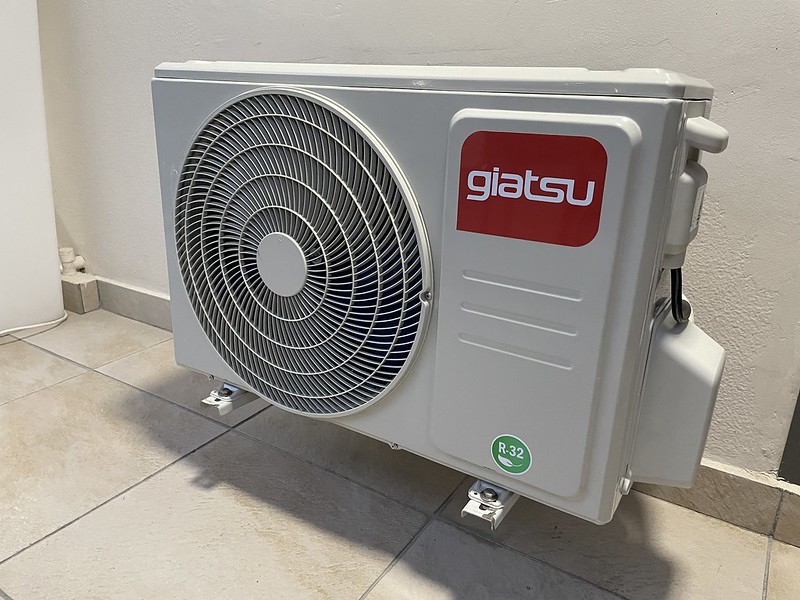Mini-split air conditioning systems are a popular choice for many homeowners and businesses due to their efficient cooling and heating capabilities, as well as their compact and discreet design. One aspect of mini-split systems that often raises questions is the need for a drain trap, also known as a P-trap, on the condensate drain line. In this comprehensive guide, we will delve into the technical details and expert insights to determine whether a mini-split drain requires a trap and the best practices for proper installation and maintenance.
Understanding the Role of a P-Trap
A P-trap, or a drain trap, is a U-shaped section of pipe installed in a drain line to prevent sewer gases from entering the living space. The trap holds a small amount of water, creating a seal that blocks the passage of odors and gases. In traditional plumbing systems, such as those found in sinks, showers, and toilets, a P-trap is an essential component to maintain a healthy indoor environment.
Mini-Split Drain Line Considerations
Unlike traditional plumbing systems, mini-split air conditioning units do not typically require a P-trap on the condensate drain line. This is because mini-split systems do not connect to a sewer system or septic tank, which are the primary sources of sewer gases. Instead, the condensate from the mini-split unit is typically drained outside the building or into a dedicated drainage system.
Potential Issues with P-Traps in Mini-Split Drain Lines
While a P-trap is not generally recommended for mini-split drain lines, some homeowners and HVAC professionals have reported encountering specific issues that may warrant the use of a trap. These issues include:
-
Humidity and Backflow: In some cases, the mini-split drain line may experience issues with humidity and backflow, leading to the growth of mold and bacteria. In these situations, a P-trap may be used as a solution to prevent these problems.
-
Vapor Lock and Clogging: If the P-trap is not installed correctly or the drain line is not properly vented, it can lead to the formation of a vapor lock, which can restrict the flow of condensate and cause clogging.
-
Freezing Concerns: During colder months, the water in the P-trap may freeze, causing the trap to become ineffective and potentially leading to water backup and damage.
Proper Installation and Maintenance of a P-Trap (if used)
If you decide to install a P-trap on your mini-split drain line, it is crucial to follow these best practices:
- Location: Install the P-trap outside the building, rather than inside, to prevent any potential issues with humidity, backflow, or freezing.
- Pipe Transition: Transition the drain line to a larger pipe size above the P-trap to prevent the buildup of debris and gunk, which can clog the trap.
- Venting: Include a small hole or vent in the drain line above the P-trap to prevent air from getting trapped, which can lead to vapor lock and clogging.
- Cleanout: Install a cleanout fitting on the drain line to allow for easy maintenance and clearing of any blockages.
- Trap Primer: If the mini-split condensate is being drained into a sewer pipe, consider using a trap primer or one-way trap-seal to keep the P-trap filled with water and prevent odors.
Alternatives to P-Traps for Mini-Split Drain Lines
In most cases, mini-split drain lines do not require a P-trap. Instead, consider the following alternatives:
- Direct Outdoor Drainage: Directly drain the condensate outside the building, away from the foundation and any walkways, to prevent any issues with backflow or standing water.
- Condensate Pump: Install a condensate pump to actively remove the condensate from the mini-split unit and discharge it to a suitable location, such as a floor drain or outdoor drainage system.
- Gravity-Fed Drainage: Utilize the natural slope of the drain line to allow the condensate to flow freely to the designated drainage point, without the need for a P-trap.
Conclusion
In summary, while a P-trap is not typically required for mini-split drain lines, there may be specific situations where it can be used as a solution to address issues such as humidity, backflow, and potential freezing. However, it is essential to carefully consider the potential drawbacks and follow best practices for proper installation and maintenance to ensure the efficient and reliable operation of your mini-split system.
Remember, the decision to use a P-trap on a mini-split drain line should be based on a thorough evaluation of the specific installation conditions and any observed problems. Consulting with a qualified HVAC professional can also provide valuable guidance and ensure the optimal performance of your mini-split system.

